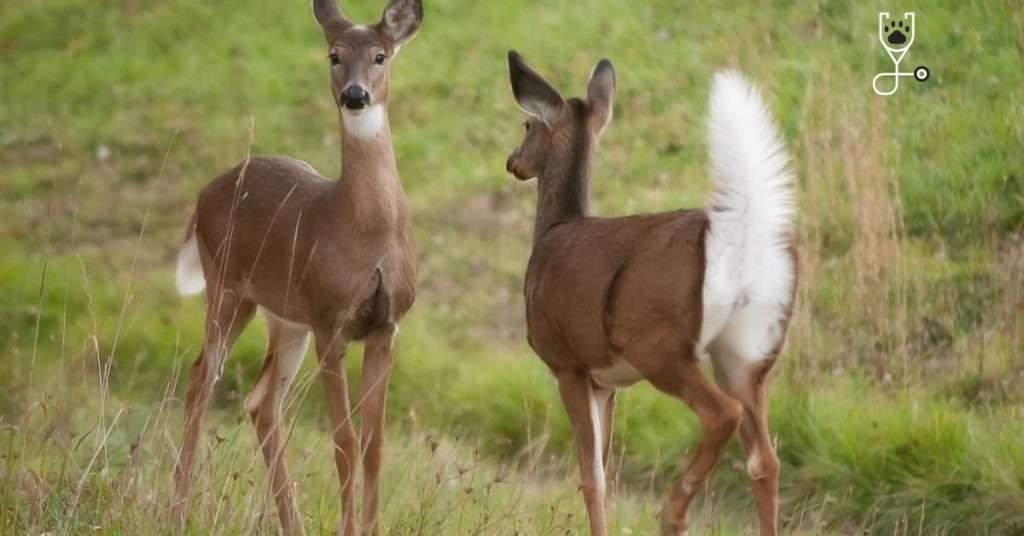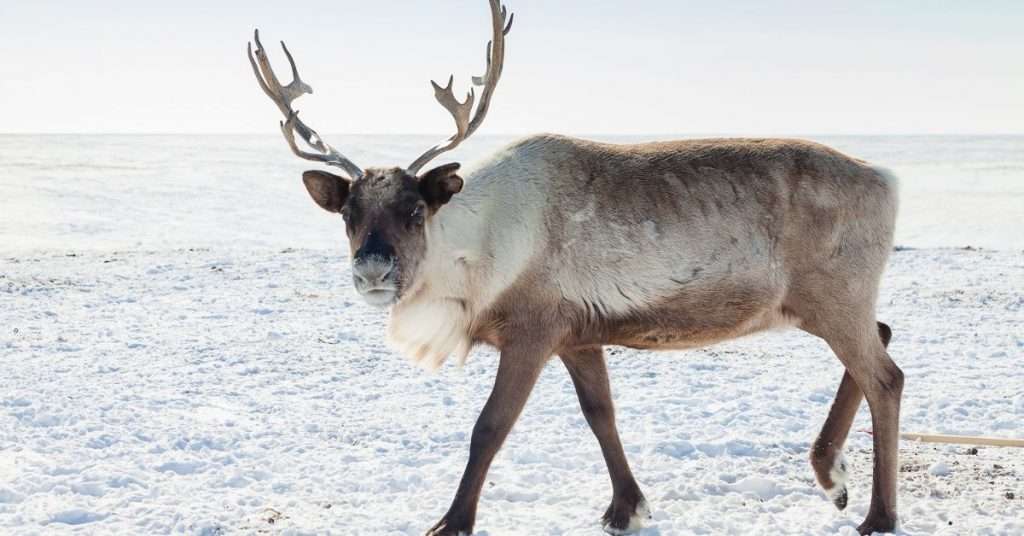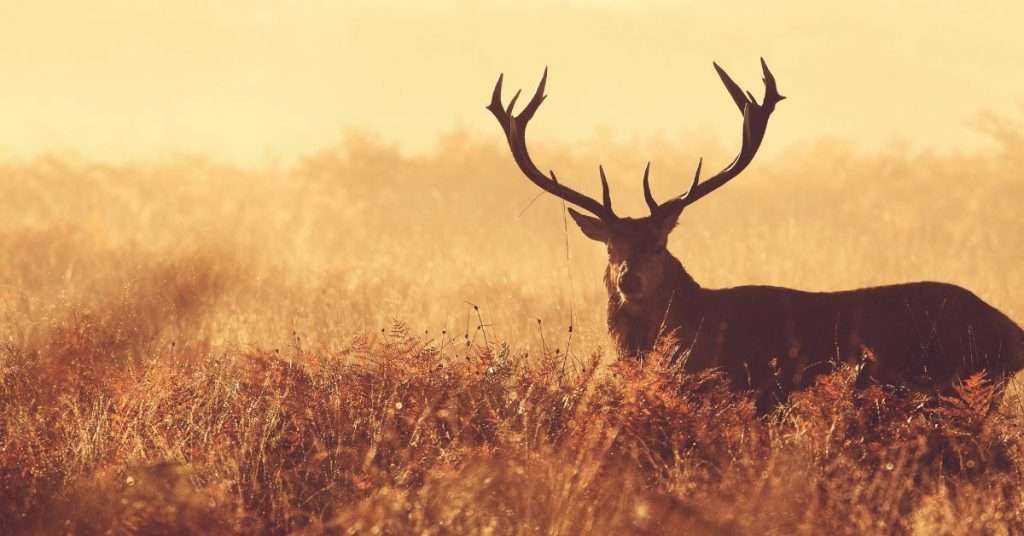Do you want a pet deer? No, not the kind that you find in a forest or meadow. I’m talking about a domesticated deer. Believe it or not, there are a dozen different species of deer that people keep as pets. From tiny fawns to full-grown bucks, these beautiful creatures make charming companions. If you’re interested in owning a pet deer, read on to learn more about the different species available and their care requirements.

Deer as Pets
In recent years, there has been a surge in the popularity of deer as pets. This is likely due in part to the release of the Disney films Bambi and Frozen, both of which feature deer as central characters.
While deer can make for cute and cuddly companions, there are a number of challenges that come along with keeping them as pets. For starters, deer are wild animals and are not typically socialized with humans.
As a result, they can be skittish and difficult to handle. In addition, deer require a large amount of space to roam and graze, making them unsuitable for most households.
Finally, deer can also be carriers of disease, which can pose a serious risk to both humans and other animals. For these reasons, prospective pet owners should carefully consider all the challenges associated with keeping deer before making the decision to take one home.
Read More: Can You Own a Raccoon Dog as a Pet
Different Species of Deer
There are a variety of different species of deer that people keep as pets. The most popular include the following:
1). White-tailed deer: White-tailed deer are the smallest type of deer, weighing in at around 90 pounds. They are native to North America and can be found in wooded areas across the continent. White-tailed deer make good pets as they are relatively calm and docile creatures. However, they require a large amount of space to roam and graze, making them unsuitable for most households.
2). Mule deer: Mule deer are slightly larger than white-tailed deer, weighing in at around 150 pounds. They are also native to North America and can be found in wooded areas across the continent. Mule deer are known for their unique appearance, which includes large antlers that grow from their head. Like white-tailed deer, mule deer require a large amount of space to roam and graze, making them unsuitable for most households.

3). Reindeer: Reindeer are the largest type of deer, weighing in at around 300 pounds. They are native to Europe and Asia and can be found in wooded areas across these continents. Reindeer are popular pets as they are known for being friendly and docile creatures. However, they require a large amount of space to roam and graze, making them unsuitable for most households.
4). Fallow deer: Fallow deer are a medium-sized type of deer, weighing in at around 200 pounds. They are native to Europe, Asia, and Africa and can be found in wooded areas across these continents. Fallow deer make good pets as they are relatively calm and docile creatures. However, they require a large amount of space to roam and graze, making them unsuitable for most households.
5). Red deer: Red deer are the second largest type of deer, weighing in at around 400 pounds. They are native to Europe and Asia and can be found in wooded areas across these continents. Red deer are popular pets as they are known for being friendly and docile creatures. However, they require a large amount of space to roam and graze, making them unsuitable for most households.
Care Requirements
Deer are relatively easy to care for, but there are a few key things that you need to keep in mind if you’re thinking about keeping one as a pet. First, deer require a large amount of space to roam and graze.
As a result, they are not well-suited for most households. In addition, deer should be kept in a fenced enclosure to prevent them from roaming into areas where they are not welcome.
Second, deer are known for being carriers of disease, which can pose a serious risk to both humans and other animals. For this reason, it is important to have your deer vaccinated against common diseases such as rabies.
Finally, deer require a diet of hay, grass, and vegetables. Deer should also have access to fresh water at all times.
Read More: 12 Pets That Look Like Cats but Aren’t

Conclusion
Deer make interesting and unique pets. However, they come with a number of challenges that prospective pet owners need to be aware of before making the decision to take one home.
Deer require a large amount of space to roam and graze, making them unsuitable for most households. In addition, deer are known for being carriers of disease, which can pose a serious risk to both humans and other animals.
As a result, it is important to have your deer vaccinated against common diseases such as rabies. Finally, deer require a diet of hay, grass, and vegetables. Deer should also have access to fresh water at all times.